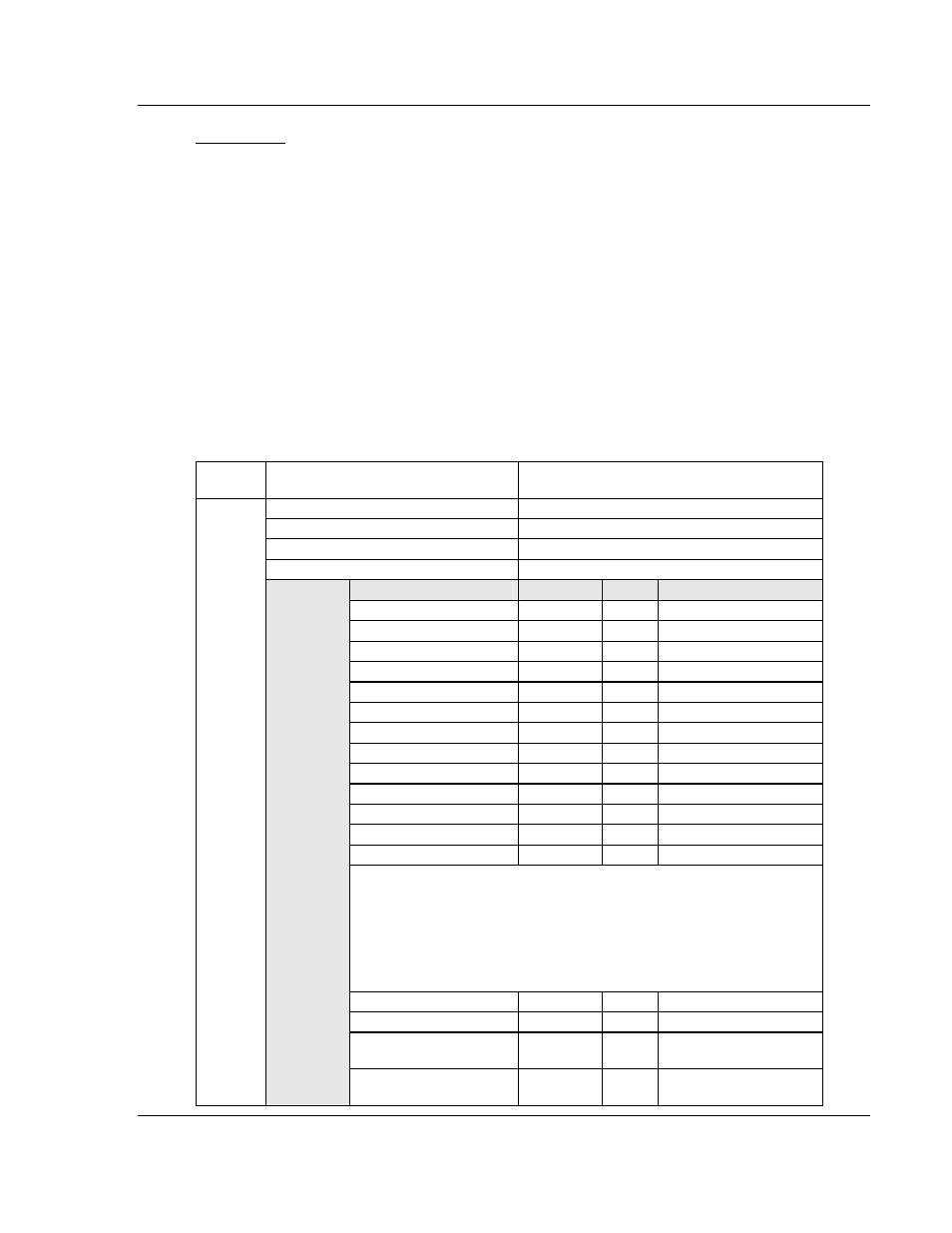E 73) – ProSoft Technology MVI69-EGD User Manual
Page 73

Reference MVI69-EGD
♦ CompactLogix or MicroLogix Platform
GE Ethernet Global Data Communication Module
ProSoft Technology, Inc.
Page 73 of 96
November 3, 2008
Write PDUs
PDU Type = 34
Write Request
The write request PDU is used to change the contents of one or more contiguous
groups of memory on a specific peer controller. The header defines parameters
which apply to the all of the individual cell references in the message. Each cell
reference specifies an offset into the specified Exchange or target-specific
address, the number of bytes to write, and the Data. Each Data field must be
padded to the nearest 4 byte boundary. Based on the address type, the Domain
ID must contain an Exchange and Producer ID or target-specific address which is
valid on the destination node. A write request sent from a requesting node must
be followed by a write response message from the responding node. See the
discussion in the section entitled Exchange Data Handling for information about
coherency in the write.
Packet
Info
Description Data
Source Port:
7937 (0x 1F01)
Destination Port:
7937 (0x 1F01)
Length:
xx bytes (0x 00 XX)
Checksum:
xxxxx (0x XX XX)
EGD's PDU Field:
Offset
Bytes
Hex code
PDU Type:
0
1
0x 22
Message Flag:
1
1
0x HH
Request ID:
2
2
0x HH HH
PVN1:
4
1
0x 01
Option Length:
5
1
0x HH
Message Length:
6
2
0x HH HH
Configuration Signature:
8
2
0x HH HH
Address Type:
10
1
0x HH
Cell Count:
11
1
0x HH
Producer ID:
12
4
0x HH HH HH HH
Exchange ID:
16
4
0x HH HH HH HH
Time Stamp:
20
8
0x HH . . . HH
Reserved:
28
4
0x HH HH HH HH
The following two items are referred to as the exchange Cell. Each Cell
targets one [EGD Exchange] command line present in the EGD Module's
configuration file.
Offset: reads the DB Register specified in the Command.
Length: is Bytes count not Words.
Multiple Cells may be requested dependent on the Cell Count: field
specified above.
Offset:
32
2
0x HH HH
Length:
34
2
0x HH HH
Data(depends on length
requested):
36
XX
0x HH . . . HH
UDP
EGD:
Padding(to 32 bit
boundary):
XX
XX
0x HH HH
